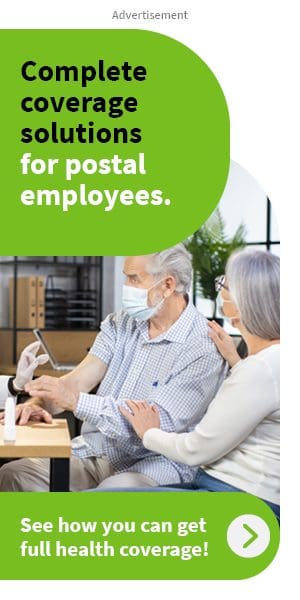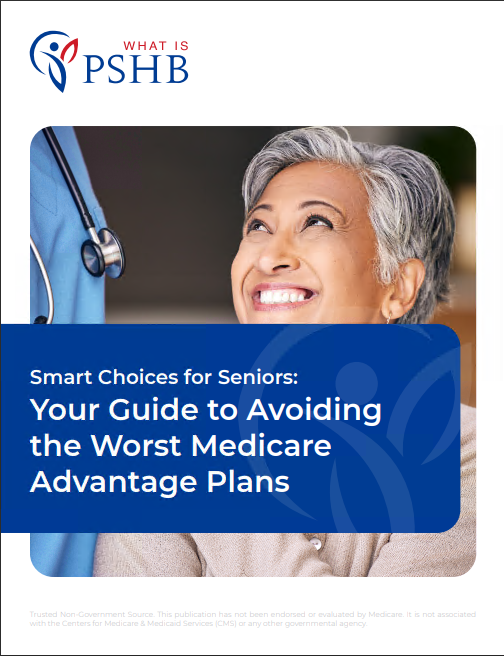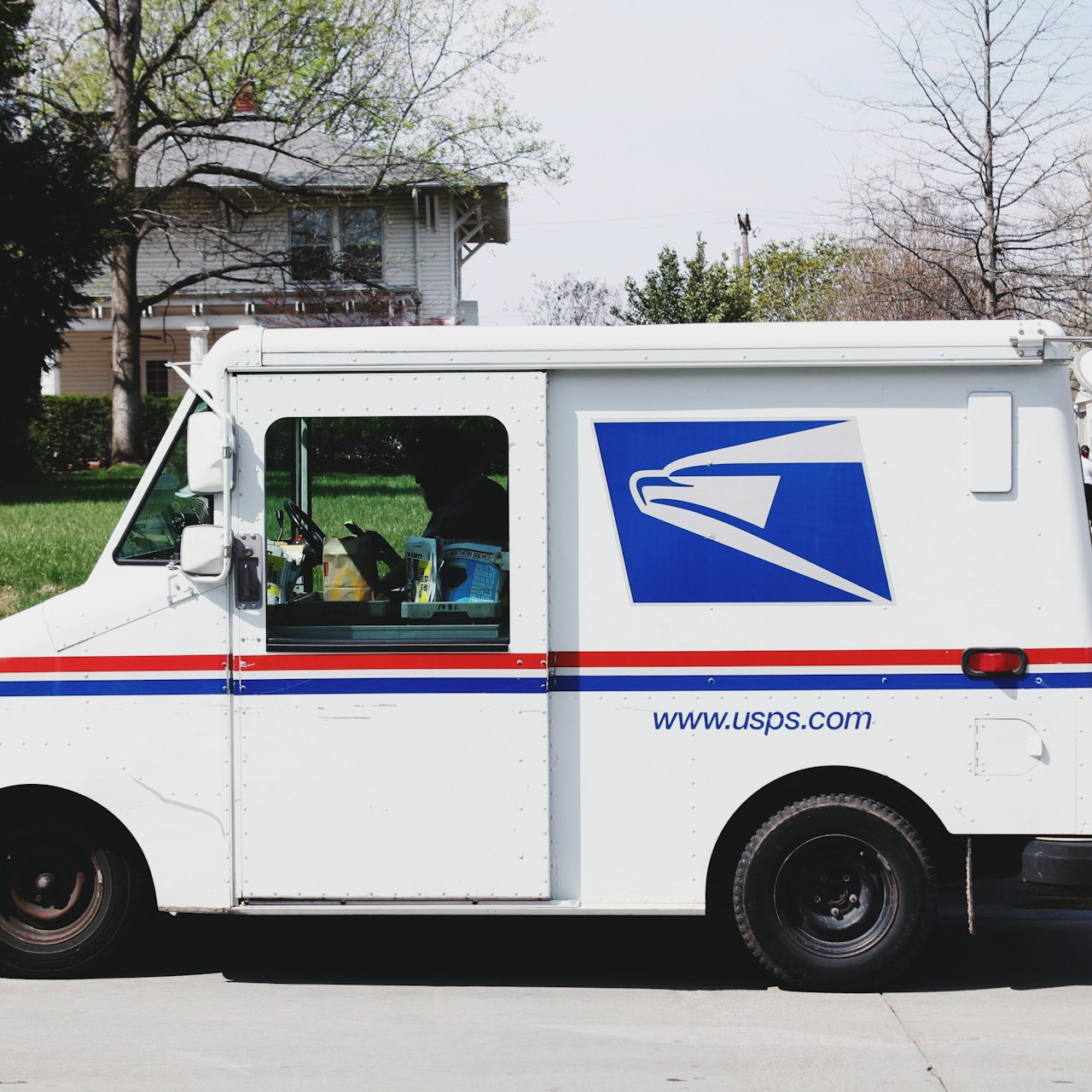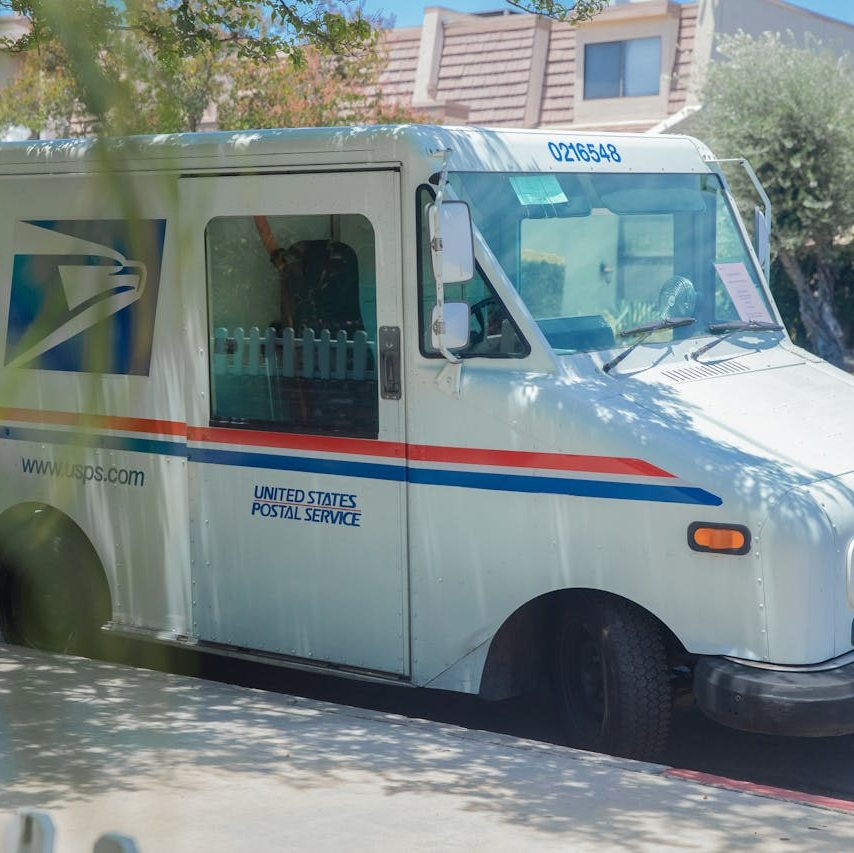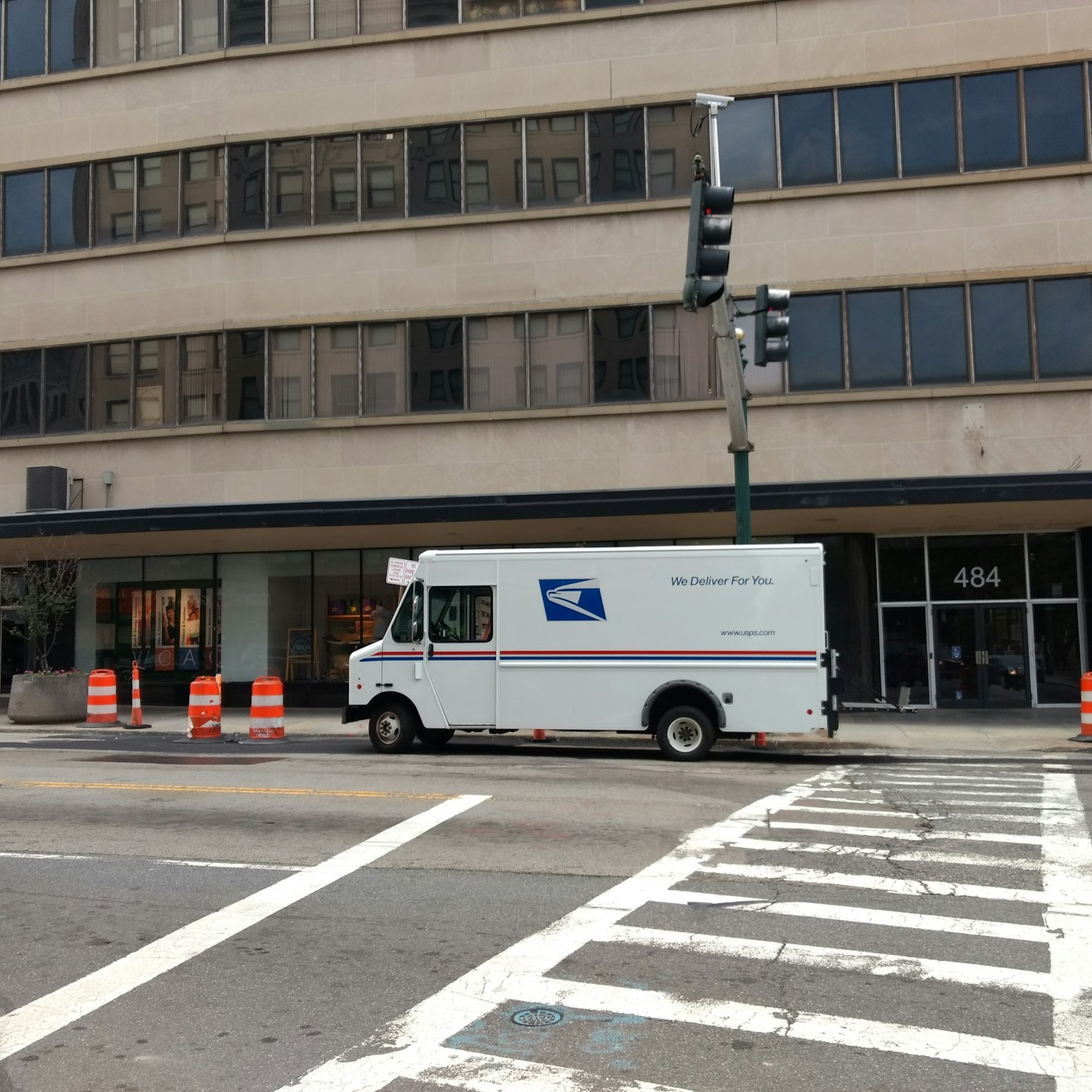Key Takeaways
- Postal Service employees and retirees need to prepare for changes in dependent coverage under the PSHB starting January 2025.
- Understanding eligibility and the enrollment process is crucial to ensure your dependents are covered without any disruptions.
Covering Your Dependents with Postal Service Health Benefits: What You Should Know for 2025
In 2025, significant changes are coming to the Postal Service Health Benefits (PSHB) Program, particularly concerning the coverage of dependents. As a Postal Service employee or retiree, it’s essential to understand how these changes will affect your family’s health coverage. Ensuring your dependents have continuous, comprehensive coverage requires a clear grasp of the upcoming changes, eligibility requirements, and enrollment processes.
The Transition to PSHB in 2025
Starting in January 2025, the Postal Service Health Benefits Program will replace the Federal Employees Health Benefits (FEHB) program for Postal Service employees and retirees. This shift is part of a broader restructuring under the Postal Service Reform Act, which aims to address the financial challenges faced by the USPS. The PSHB program will still be administered by the Office of Personnel Management (OPM), but with specific modifications tailored to the needs of Postal Service workers and their families.
Why the Shift to PSHB?
The transition to the PSHB program is primarily motivated by the need to stabilize the Postal Service’s finances and align the health benefits of Postal employees with their unique work environment. The new program is designed to provide similar benefits to those offered under the FEHB, with additional provisions that consider the Postal Service’s operational demands and its employees’ long-term health care needs.
Key Dates to Remember
The transition to the PSHB program will begin with an open enrollment period in the fall of 2024, allowing employees and retirees to choose their health plans under the new system. Coverage under PSHB will officially start on January 1, 2025. It’s crucial for Postal Service employees and retirees to pay close attention to these dates to ensure that they make the necessary changes to their coverage, especially concerning dependents.
Who Qualifies as a Dependent Under PSHB?
One of the most critical aspects of the PSHB program is understanding who qualifies as a dependent. Under the PSHB, the eligibility criteria for dependents will closely mirror those of the FEHB program, but with some slight adjustments specific to Postal employees.
Eligibility Criteria
Dependents eligible for coverage under the PSHB include:
- Spouses: Legally married spouses, regardless of gender, are eligible for coverage.
- Children: Dependent children under the age of 26 are eligible. This includes biological children, stepchildren, adopted children, and foster children who meet specific criteria.
- Disabled Dependents: Children over the age of 26 who are incapable of self-support due to a mental or physical disability that occurred before age 26 may also qualify for dependent coverage.
- Domestic Partners: The PSHB program may extend coverage to domestic partners, depending on the final rules set forth by the OPM. Employees should confirm eligibility during the open enrollment period.
Verifying Dependent Eligibility
During the enrollment process, you will need to provide documentation to verify the eligibility of your dependents. This may include marriage certificates, birth certificates, adoption papers, or other legal documents. It’s crucial to have these documents ready to avoid any delays in processing your dependents’ coverage.
Enrollment Process: Ensuring Continuous Coverage for Your Dependents
The enrollment process for the PSHB program will be similar to that of the FEHB but with a few key differences. It’s essential to follow the process carefully to ensure that your dependents remain covered without interruption.
Steps to Enroll Your Dependents
-
Review Plan Options: During the open enrollment period in the fall of 2024, review the health plans available under the PSHB program. Consider the specific needs of your dependents, such as access to pediatric care, mental health services, or specialty care.
-
Gather Documentation: Ensure you have all necessary documentation to verify the eligibility of your dependents. This includes proof of relationship (e.g., marriage certificate, birth certificate) and any documents required for special circumstances, such as disability certification.
-
Complete the Enrollment: Use the online portal provided by OPM to enroll in the PSHB program. Make sure to select the appropriate coverage options for your dependents and double-check all entries before submitting your application.
-
Confirm Coverage: After submitting your enrollment, confirm that your dependents’ coverage is active. You should receive a confirmation notice, which you should keep for your records.
Potential Issues and How to Avoid Them
Common issues during the enrollment process include delays in documentation processing and errors in selecting coverage options. To avoid these problems:
- Submit Early: Don’t wait until the last minute to complete your enrollment. Early submission allows time to correct any potential issues.
- Double-Check Information: Carefully review all information before submission to ensure accuracy.
- Follow Up: If you do not receive a confirmation notice within the expected timeframe, contact OPM to verify your enrollment status.
Special Considerations for Retirees and Their Dependents
Retirees will also be transitioning from the FEHB to the PSHB program in 2025. There are several considerations specific to retirees that need attention, particularly if you have dependents.
Medicare Coordination
For retirees who are eligible for Medicare, understanding how PSHB plans will coordinate with Medicare is crucial. Generally, PSHB plans will offer similar coordination benefits as FEHB plans, but it’s essential to review how your specific plan integrates with Medicare to avoid gaps in coverage.
Continuation of Coverage for Dependents
If your dependents are covered under your current FEHB plan, it’s vital to ensure that their coverage continues seamlessly as you transition to the PSHB. This includes verifying that any dependents currently receiving specialized care will have access to the same or comparable services under the new plan.
Costs and Coverage: What to Expect
While specific costs cannot be detailed in this article, it’s important to prepare for potential changes in premiums, copayments, and out-of-pocket expenses as you transition from FEHB to PSHB. Reviewing plan details during the open enrollment period will provide you with the necessary information to make informed decisions about your dependents’ coverage.
Understanding Premiums
Premiums for PSHB plans will be structured similarly to those in the FEHB program, but with adjustments reflecting the unique needs of Postal Service employees. It’s essential to compare the costs associated with different plans, especially if you have multiple dependents, to ensure that the plan you choose fits your family’s budget.
Access to Providers
One of the significant considerations in selecting a PSHB plan is ensuring that your dependents have access to preferred healthcare providers. Check the provider networks associated with each plan to confirm that your dependents can continue seeing their current doctors or easily transition to new ones within the network.
Preparing for the Future: Planning Ahead
With the changes to dependent coverage under the PSHB program coming in 2025, it’s essential to plan ahead to ensure your family’s health coverage needs are met. This includes staying informed about upcoming changes, understanding the specific requirements for dependent coverage, and taking proactive steps during the enrollment period.
Staying Informed
The OPM and USPS will provide regular updates as the transition date approaches. Make sure to read all communications thoroughly and seek clarification on any points that are unclear. If necessary, consult with a licensed insurance agent who can offer guidance specific to your situation.
Long-Term Considerations
As you plan for your dependents’ future healthcare needs, consider factors such as changes in health status, potential relocation, and aging out of dependent status. These factors can influence your choice of plan under the PSHB program and impact your dependents’ coverage continuity.
Financial Planning
While this article does not cover specific costs, it’s essential to incorporate health insurance planning into your overall financial strategy. Consider how potential changes in premiums and out-of-pocket costs might affect your budget and explore options to mitigate these expenses, such as Health Savings Accounts (HSAs) or Flexible Spending Accounts (FSAs).
Taking the Next Steps: Ensure Your Dependents Are Covered
As January 2025 approaches, now is the time to start preparing for the transition to the PSHB program. By understanding the eligibility requirements, carefully reviewing plan options, and taking proactive steps to enroll your dependents, you can ensure that your family’s health coverage continues without interruption. Keep a close eye on communications from OPM and USPS, and be ready to act during the open enrollment period in the fall of 2024. Your careful preparation now will pay off in securing your dependents’ healthcare needs for the years to come.
Contact Information:
Email: [email protected]
Phone: 7575556789


